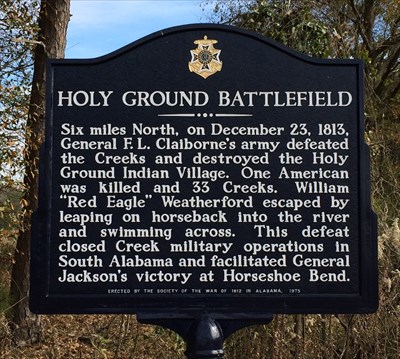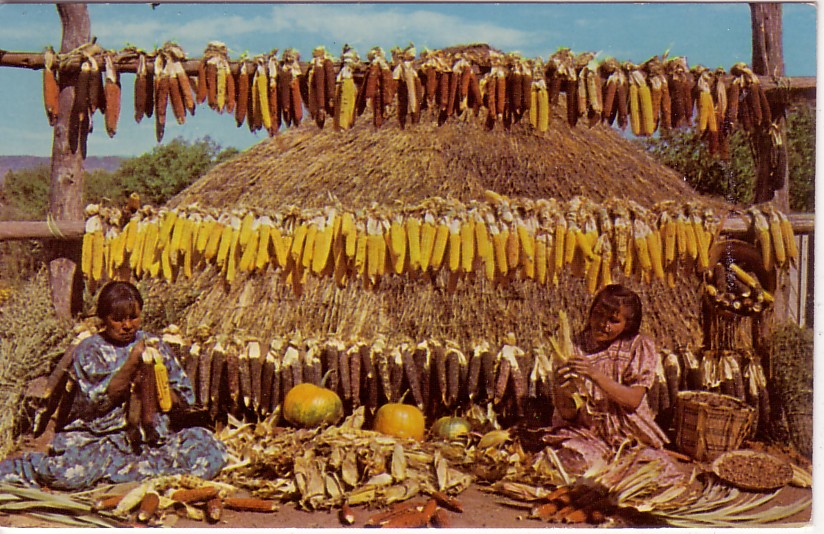The Fort Mims Massacre Was One of The Most Vicious Ever on Settlers
The Fort Mims Massacre was considered to be one of the greatest military accomplishments in Native American history.
However, just like the Alamo in Texas, this massacre of white settlers and their Indian allies drew the might of the US Military and its militia.
Their common cry would become “Remember Fort Mims” as they would punish these horrific acts of the Red Stick faction of the Creek nation.
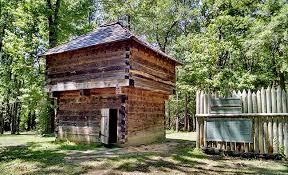 The Fort Mims State Historic Site
The Fort Mims State Historic SiteThe chain of events that followed would later define the State of Alabama.
The reason for this was simple; after this horrific attack the Creek nation controlled the entire area of what would later become the modern state of Alabama.
The site where this occurred is today known as the Fort Mims Historic Site, and the park is managed by the Historical Commission of Alabama.
The park it is located in was listed on the National Register of Historic Places in the year 1972.
The History of the Fort Mims Massacre
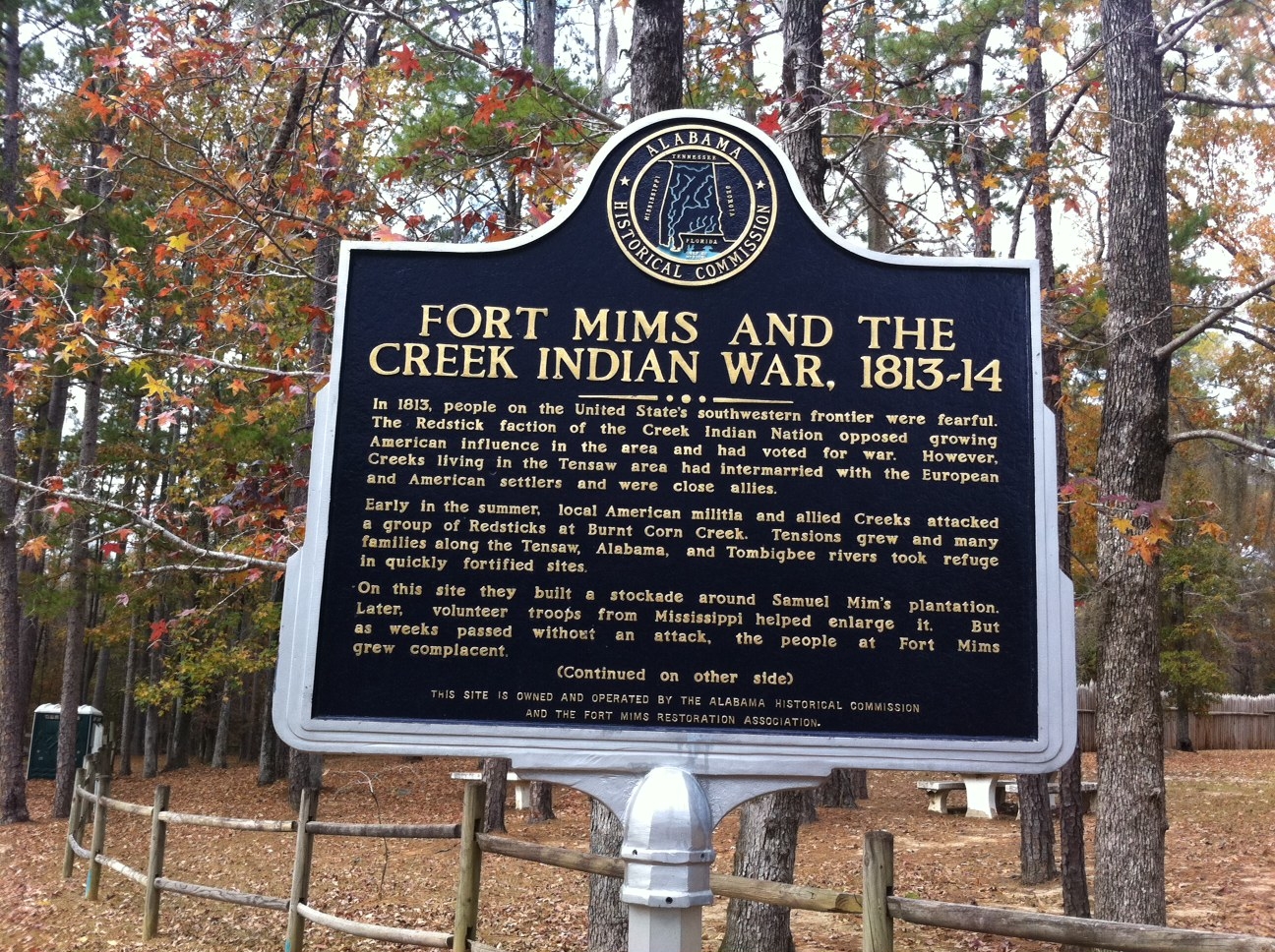 The Fort Mims Historical Marker
The Fort Mims Historical MarkerThe History of the Fort Mims Massacre helps to tell the story that led to the deaths of over 250 white and Indian defenders, which were killed in this battle.
It also helps explain why the Red Stick faction of the Creek Nation took over 100 captives, in what would become the first major battle of the Creek War of 1813-1814.
This history starts long before the actual battle itself, which took place on August 30, 1813.
It starts in the 1780’s, when all of the Native Americans in the southeastern part of the United States started to feel intense pressure from the U.S. Government.
This pressure started when the Government wanted the Native American, including the Creek nation, to cede land to them.
The Government wanted this land for the white settlers which were pouring into the southeast, including what would become known as the state of Alabama.
The white settlers wanted this land to build homes and farms on, but the Native Americans, including the Creeks, needed this land for hunting to survive.
For hundreds of years, they had hunted this land for deer, and now they relied on the hides from deer to trade with the white man, that had come into their territories.
They used these skins as their income and traded them for necessities at the time including guns, steel tools, cloth, and other goods from the whites.
As the United States was growing, the politicians that ran the country came up with a plan called the “Plan of Civilization.”
This new policy put in place a plan for U. S. Federal Agents, especially those that dealt with Indian affairs, to encourage Native Americans to abandon hunting.
These politicians wanted them to adopt the “white mans” lifestyle, which was farming, as their form of income instead of deer hides.
By doing this, it would free up the land used by Native Americans, which they had hunted and lived on for their entire existence.
Once this land was freed, it would pave the way for a flood of white European settlers to help grow the country.
Factions of the Creek nation, which dominated the area that included Fort Mims, had a huge disagreement over these demands.
In the early 1800’s, the Creek Nation was basically divided into two segments, the Upper and Lower Towns.
This split occurred at the same time as the War of 1812, and the Lower Town’s segment voted to work with the white settlers.
However, the Upper Towns segment, known as the Red Stick faction, named after the color on their “war clubs”, vehemently voted “no” to these demands.
The Upper Town’s segment disagreed to both giving up any land at all, as well as the Lower Towns electing to work with the white settlers.
This disagreement became so fierce, that a “Civil War” erupted between these two factions in the summer of 1813.
Not only did the Upper Creeks declare war on their own “brothers’ they also began to slaughter all of the domestic animals the Lower Towns had been given by the white man.
The white settlers in these areas soon became very concerned with this “Civil War” and fled to safe havens.
These safe havens included army posts and blockhouses, such as the one that existed at Fort Mims.
The Fort Mims Massacre
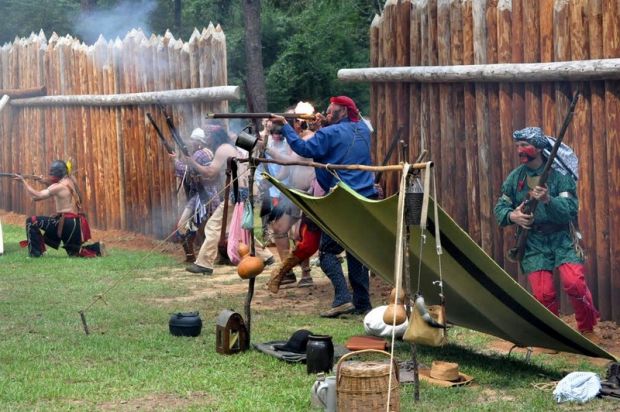 Re-enactment of The Fort Mims Massacre
Re-enactment of The Fort Mims MassacreThe Fort Mims Massacre occurred at the fort it was named after, which was a stockade that had a blockhouse with it.
This blockhouse surrounded the house and outbuildings of the famous white settler, Samuel Mims.
It was located about 35 miles north of what today is Mobile, Alabama, and was considered to be a very strong fortress.
The Fort Mims massacre was in retaliation for what became known as the “Battle of Burnt Corn”, that happened in July of 1813.
The Americans had found out that the warring faction of the Creeks, the Red Sticks, had traveled to Pensacola, Florida for supplies as well as arms from the Spanish.
They had acquired from the Spanish several basics, including 1000 pounds of gunpowder and musket balls.
The Mississippi Militia, led by Major Daniel Beasley, ambushed the Red Sticks, but their attack was not well planned.
While they were looting the Red Stick supplies, the Creeks returned and fought back the Americans, and the Creek War has officially started.
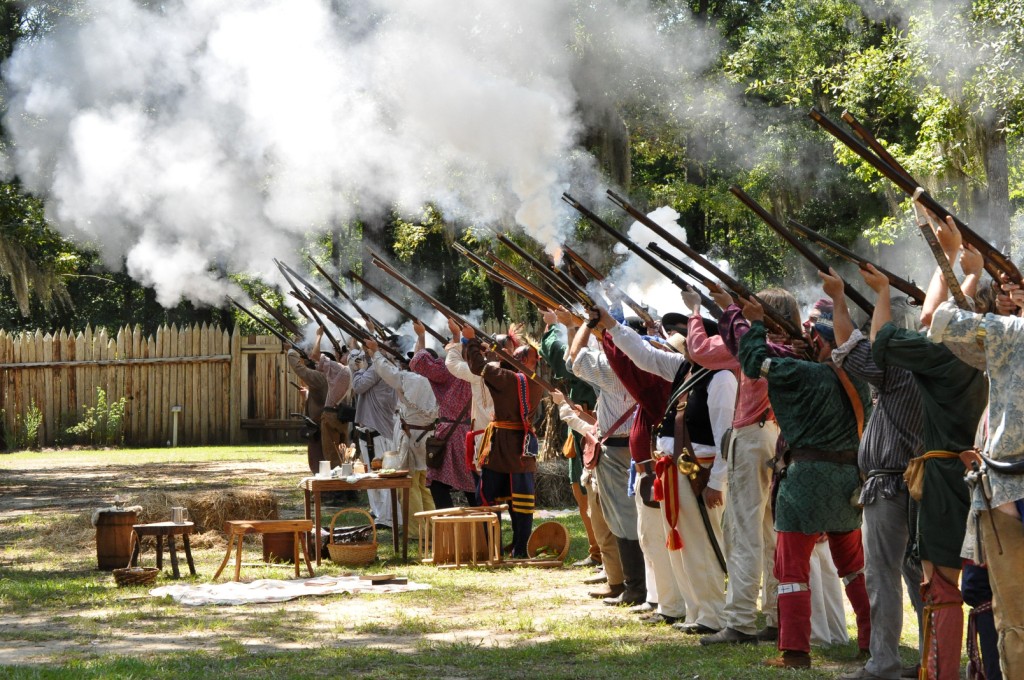 The Fort Mims Historic Site Reenactment
The Fort Mims Historic Site ReenactmentAs retaliation for this ambush, on August 30, 1813, the Fort Mims Massacre occurred.
The Red Sticks attacked Fort Mims with over well over 700 warriors, and a large massacre unfolded.
However, according to some historians, it might have been prevented if the Major in commend, Major Beasley, had heeded the warnings.
It has been reported that the day before the attack, two black slaves reported seeing “painted warriors” in the area of the fort.
Not only did Major Beasley ignore this first report, he also ignored a second one by a mounted “scout” the day of the attack.
Historians also suggest that the fort was not well prepared for an attack, as the east gate was blocked by drifting sand in the area.
The Red Sticks identified this weakness and attacked the open gate during a mid-day meal at Fort Mims.
Prior to this attack, over 400 settlers, numerous U.S allied Creek warriors, as well as African American slaves, had taken refuge there.
It is believed that in the first few minutes of the attack, over 50 percent of the 100 man garrison of the Mississippi volunteer militia, including Major Beasley was killed.
However, the remaining militia along with the Creek allied warriors fought off the Red Stick for over four hours, in the one-acre stockade.
This brave defense from those that were left in the Fort Mime Massacre ended however, when the Red Stick warriors set the building on fire.
They did this by sending burning arrows into the structure, and the resistance came to an end.
When the Fort Mims massacre stopped, 247 settlers, militia, and Creek allies had been killed, and over 100 were taken captive.
All of the slaves in the fort were set free, but not only men were killed; women and children were also killed in this brutal massacre.
This attack by the Red Stick Creeks brought instant outrage from the American public and led to the Battle of Horseshoe Bend.
This battle, led by Andrew Jackson, destroyed the Red Sticks, and brought an end to the Creek Wars.
It also led to the removal of the Creeks from the area, and they were moved to the Oklahoma Territories in the 1830’s.
References
http://exploringoffthebeatenpath.com/Battlefields/FortMims/index.html
The Military History of Alabama

Alabama Gift Store
Numerous Items for You and Your Family to Enjoy
See it here at the Gift Store
Copyright 2019-2023 Alabamabackroads.com
All Rights Reserved
